
A blog focusing on 1/64 diecast from such popular brands as Hot Wheels, Matchbox, Johnny Lightning, M2 Machines, GreenLight, Tomica, Yat Ming, Majorette, MotorMax, Siku, Corgi, Guisval, Playart, Ertl, Zylmex, Racing Champions, & many more. Swifty's Garage features a daily Car Of The Day and news updates from your favorite brands!
Saturday, May 7, 2011
Car Of The Day: May 7, 2011
Today's car of the day is Ertl's 1976 Jaguar XJ6.
Jaguar XJ is the designation that has been used for a series of luxury saloon cars sold under the British Jaguar marque. The first XJ was launched in 1968 and the designation has been used for successive Jaguar flagship models since then. The original model was the last Jaguar saloon to have had the input of Sir William Lyons, the company's founder. The current Jaguar XJ was launched in 2009.
For more information and pictures of the real car please visit: Jaguar XJ6
I think Ertl may have forgotten their slogan of "Just like the real thing, only smaller" with this particular model. The front fascia of the real car is instantly recognizable as a Jaguar, but on this model it looks like a badly drawn generic 1970s car in an episode of "The Simpsons".
Commonly referred to as the "Series II," the XJ line was facelifted in Autumn 1973 for the 1974 model year. The 4.2L I-6 XJ6 (most popular in the United Kingdom) and the 5.3L V12 XJ12 were continued with an addition of a 3.4 L (3442 cc/210 in³) version of the XK engine available from 1975.
The Series II models were known for their poor build quality, which was attributed to Jaguar being part of the British Leyland group along with massive labour union relations problems that plagued most of industrial England in the same time period, and to problems inherent in the design of certain Lucas-sourced components.
Initially the Series II was offered with two wheelbases, but at the 1974 London Motor Show Jaguar announced the withdrawal of the 'standard wheelbase' version: subsequent saloons/sedans all featured the extra 4 inches (10 cm) of passenger cabin length hitherto featured only by the 'long-wheelbase' model. By this time the first customer deliveries of the two-door coupe, which retained the shorter 'standard' wheelbase (and which had already been formally 'launched' more than a year earlier) were only months away.
Visually, Series II cars are differentiated from their predecessors by raised front bumpers to meet US crash safety regulations, which necessitated a smaller grille, complemented by a discrete additional inlet directly below the bumper. The interior received a substantial update, including simplified heating and a/c systems to address criticisms of the complex and not very effective Series I system.
In April 1975 the North American Series II got a slightly revised set of front bumpers which had rubber overriders covering the full length of the bumper with embedded turn signals at each end. In 1978 the North American cars also got the addition of electronic fuel injection in the place of Zenith-Stromberg carburettors.
In May 1977 it was announced that automatic transmission version of the 12-cylinder cars would be fitted with a General Motors three speed THM 400 transmission in place of the British built Borg-Warner units used hitherto.
The 1978 UK model range included the Jaguar XJ 3.4, XJ 4.2, XJ 5.3, Daimler Sovereign 4.2, Double-Six 5.3, Daimler Vanden Plas 4.2, Double-Six Vanden Plas 5.3.
In New Zealand, CKD kits of the Series II were assembled locally by the New Zealand Motor Corporation (NZMC) at their Nelson plant. In the last year of production in New Zealand (1978), a special 'SuperJag' model was produced which featured half leather, half dralon wide pleat seats, vinyl roof, chrome steel wheels and air conditioning as standard. New Zealand produced models featured speedometers in km/h, and the black vinyl mats sown onto the carpets in the front footwells featured the British Leyland 'L' logo.
Though worldwide production of the Series II ended in 1979, a number were produced in Cape Town, South Africa until 1981.
A total of 91,227 Series II models were produced, 14,226 of them with the V12 engine.
Subscribe to:
Post Comments (Atom)
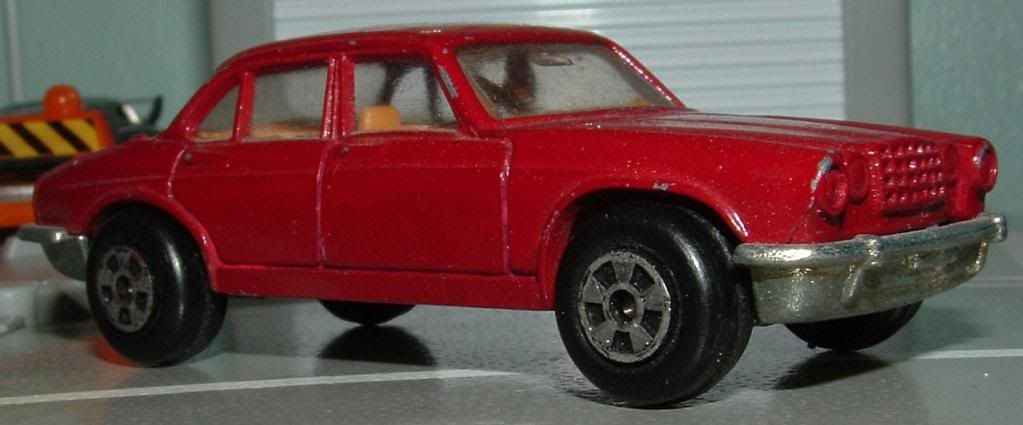
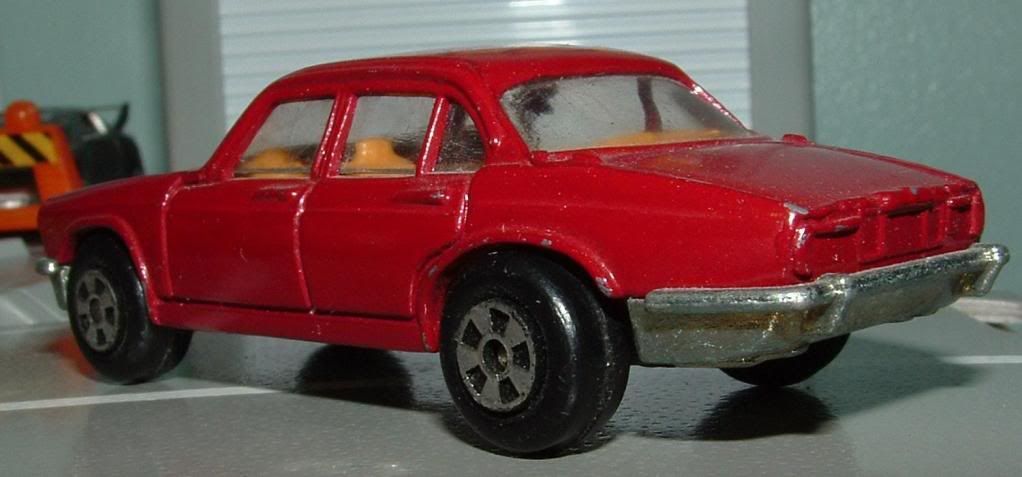

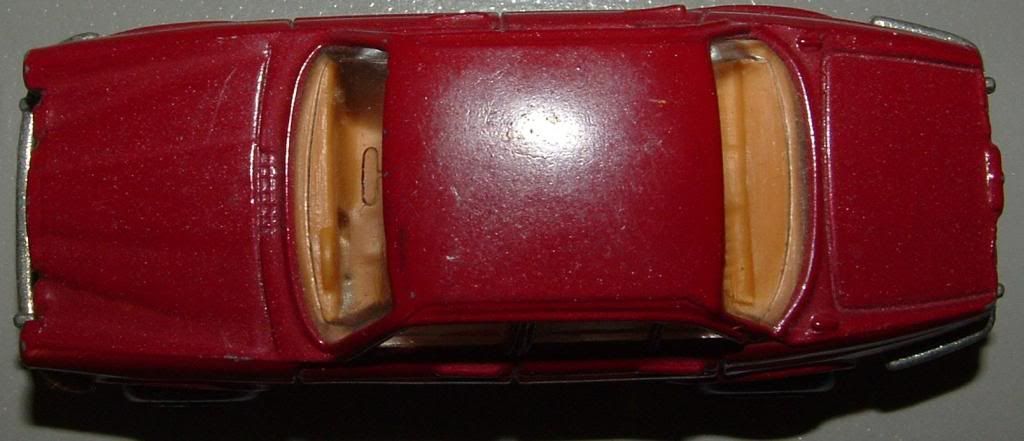
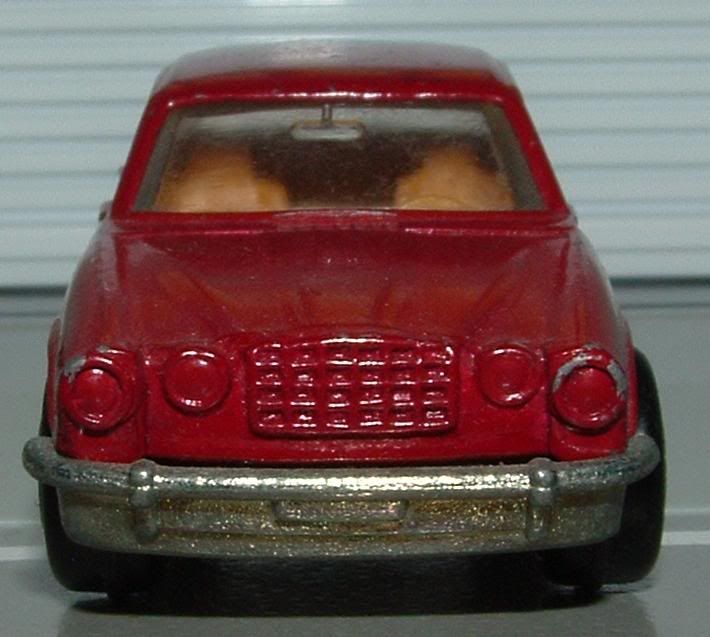
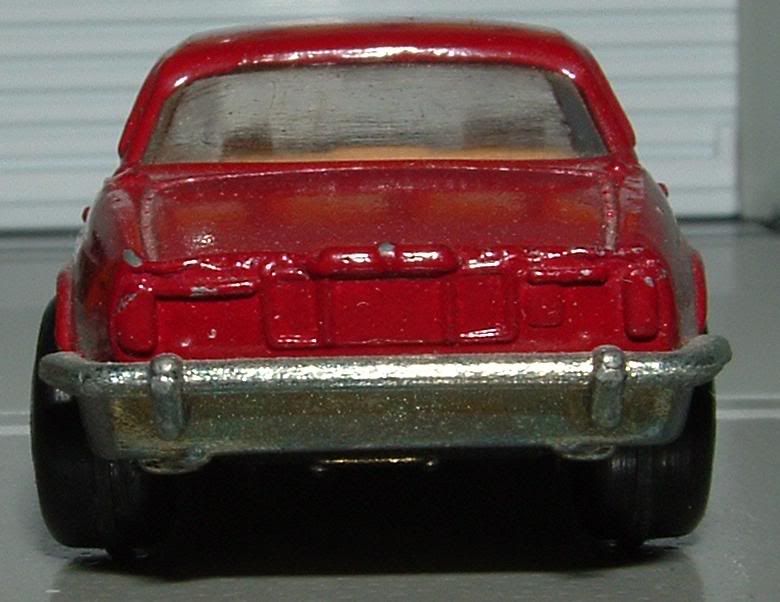
No comments:
Post a Comment